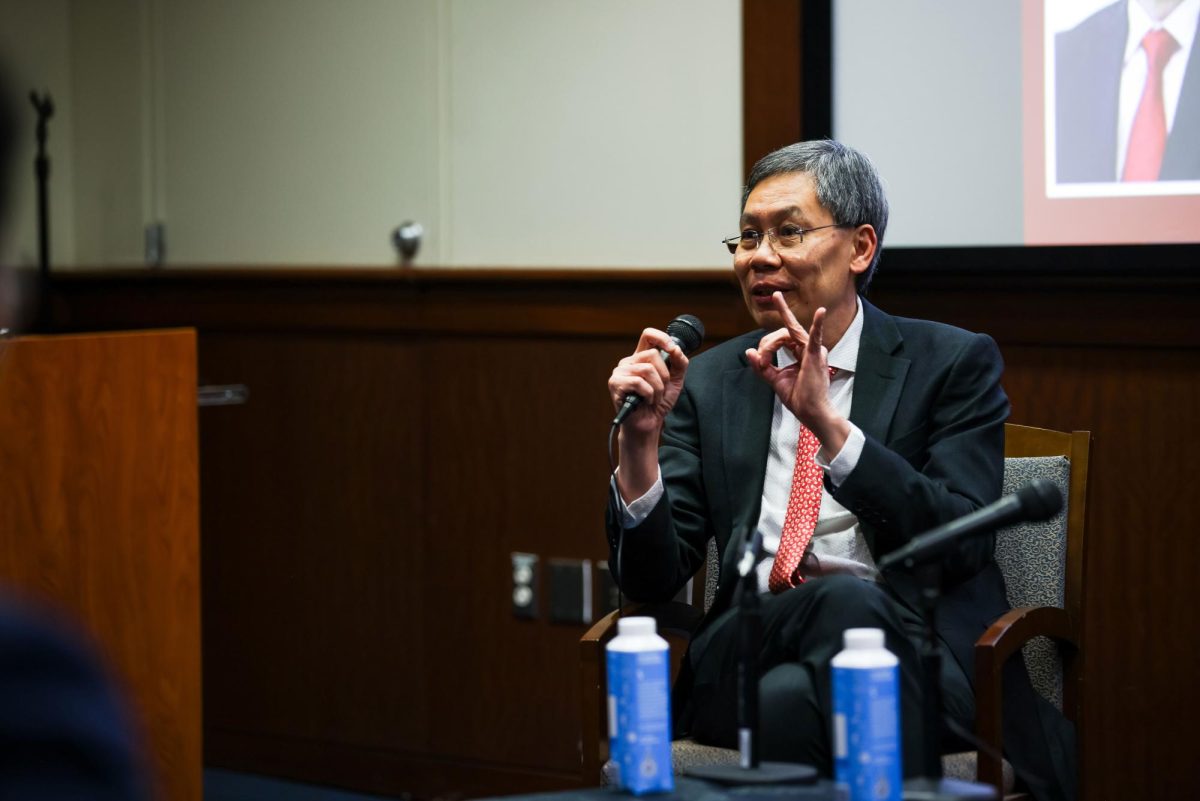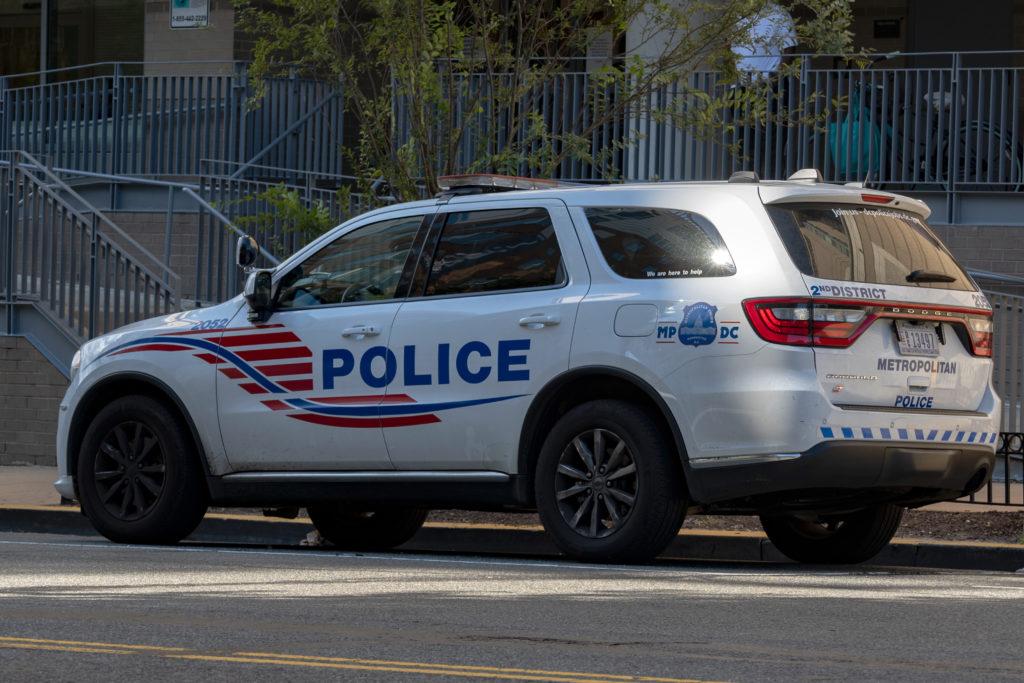Several Student Association candidates incorporated Web sites into their campaigns, an excellent medium for candidates to communicate platforms and other essential information to voters.
While pleasing to the eye, many of the sites provide a valuable source of information for curious voters. When election day arrives, students can no longer use the excuse that they don’t know enough about candidates’ stances on issues. Candidates’ Web sites have been well-advertised and, so far, hundreds of students have already visited many of the sites.
Moreover, Web sites are much less obtrusive than the traditional forms of campaigning. While palmcarding and postering can be aggravating and a nuisance, Internet campaigning engages the voter.
The new emphasis on computer technology in SA campaigning complements candidates’ education. Instead of simple palmcarding, giveaways and postering, candidates who launch Web sites learn a valuable skill from the campaign experience.
In national politics, Internet campaigning has added a whole new dimension to the 2000 presidential race. Publishing magnate Steve Forbes became the first presidential hopeful to announce his candidacy over the Internet.
One drawback of Internet campaigning is that construction of Web sites can be costly. If a candidate can’t find a computer savvy supporter, the alternative of professional assistance can cost thousands of dollars.
Also, the lack of a personal touch – a handshake and a smile – is sadly missing from Internet campaigns.
But ultimately, candidates’ Web sites contribute a valuable service to the elective process. Internet campaigning provides a new source of information, helping create more-informed voters.




